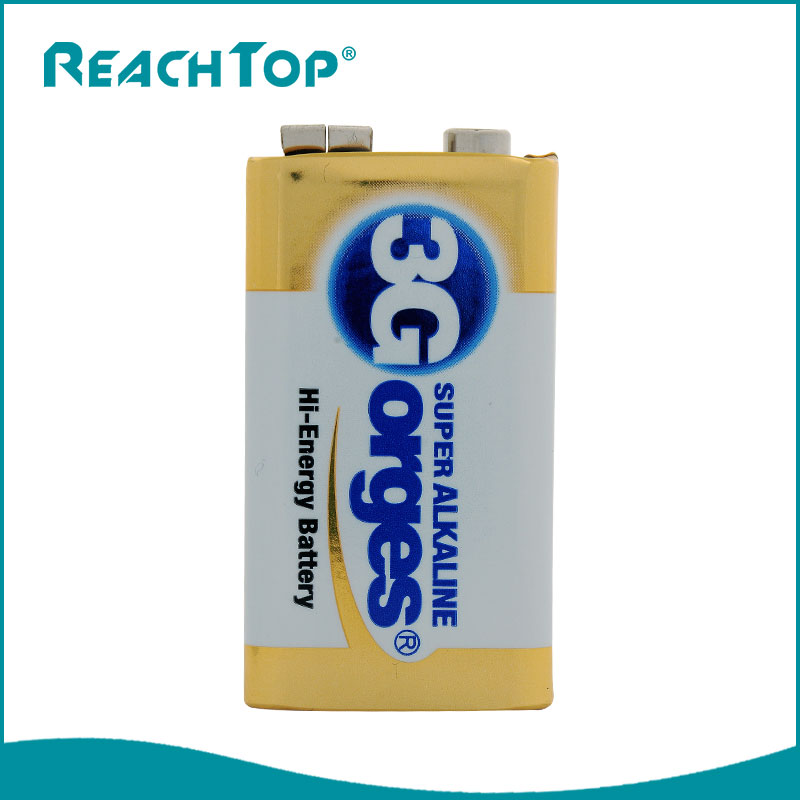The history of dry batteries
2021-07-31
Today, when alkaline zinc-manganese batteries can be seen everywhere, the development of dry batteries has gone through a long process of evolution. From the initial paste-type zinc-manganese dry battery to the current alkaline zinc-manganese dry battery, it has gone through 4 generations.
Paste-type zinc-manganese dry battery is composed of zinc cylinder, electro-paste layer, manganese dioxide positive electrode, carbon rod, copper cap, etc. The outermost layer is a zinc cylinder with a carbon rod in the center; surrounding the carbon rod is a mixture of manganese dioxide powder and conductive material, which together with the carbon rod constitutes the positive electrode body of the battery. To avoid the evaporation of moisture, the upper part of the dry battery is sealed with paraffin or asphalt.
Cardboard zinc-manganese dry batteries are improved on the basis of paste-type zinc-manganese dry batteries. It is based on high-quality kraft paper that does not contain metal impurities. The surface is coated with a prepared paste, and then dried to make cardboard. The actual discharge capacity of cardboard-type zinc-manganese dry batteries is 2 to 3 times higher than that of paste-type zinc-manganese dry batteries. Most of the dry batteries marked with "high performance" are cardboard
The laminated zinc-manganese dry battery is composed of several compact flat-shaped single cells stacked together. Each single cell is composed of a plastic shell, zinc skin, conductive film, diaphragm paper, and carbon cake. Laminated zinc-manganese dry battery minus the trouble of series combination of paste-type dry battery, its structure is compact, the volume ratio is large, but the storage life is short and the internal resistance is large, so the discharge current should not be too large.
Alkaline zinc-manganese dry battery, abbreviated as alkaline battery, its electrolyte is gelatinized by amalgamated zinc powder, potassium hydroxide solution and some sodium carboxymethyl cellulose. Alkaline zinc-manganese dry batteries can work at a temperature of -20°C and can discharge at a large current. It can be charged and discharged for more than 40 cycles, but deep discharge is not allowed before charging, and the charging current and the voltage at the end of the charging period must be strictly controlled.
At present, the alkaline battery is the most widely used primary dry battery, and it may be reused for the second time in the future. As a big country in battery production and consumption, after a long process of evolution, dry batteries have completed the transformation from primitive backwardness to the world's leading level, ushering in a beautiful era of new energy.
Paste-type zinc-manganese dry battery is composed of zinc cylinder, electro-paste layer, manganese dioxide positive electrode, carbon rod, copper cap, etc. The outermost layer is a zinc cylinder with a carbon rod in the center; surrounding the carbon rod is a mixture of manganese dioxide powder and conductive material, which together with the carbon rod constitutes the positive electrode body of the battery. To avoid the evaporation of moisture, the upper part of the dry battery is sealed with paraffin or asphalt.
Cardboard zinc-manganese dry batteries are improved on the basis of paste-type zinc-manganese dry batteries. It is based on high-quality kraft paper that does not contain metal impurities. The surface is coated with a prepared paste, and then dried to make cardboard. The actual discharge capacity of cardboard-type zinc-manganese dry batteries is 2 to 3 times higher than that of paste-type zinc-manganese dry batteries. Most of the dry batteries marked with "high performance" are cardboard
The laminated zinc-manganese dry battery is composed of several compact flat-shaped single cells stacked together. Each single cell is composed of a plastic shell, zinc skin, conductive film, diaphragm paper, and carbon cake. Laminated zinc-manganese dry battery minus the trouble of series combination of paste-type dry battery, its structure is compact, the volume ratio is large, but the storage life is short and the internal resistance is large, so the discharge current should not be too large.
Alkaline zinc-manganese dry battery, abbreviated as alkaline battery, its electrolyte is gelatinized by amalgamated zinc powder, potassium hydroxide solution and some sodium carboxymethyl cellulose. Alkaline zinc-manganese dry batteries can work at a temperature of -20°C and can discharge at a large current. It can be charged and discharged for more than 40 cycles, but deep discharge is not allowed before charging, and the charging current and the voltage at the end of the charging period must be strictly controlled.
At present, the alkaline battery is the most widely used primary dry battery, and it may be reused for the second time in the future. As a big country in battery production and consumption, after a long process of evolution, dry batteries have completed the transformation from primitive backwardness to the world's leading level, ushering in a beautiful era of new energy.





